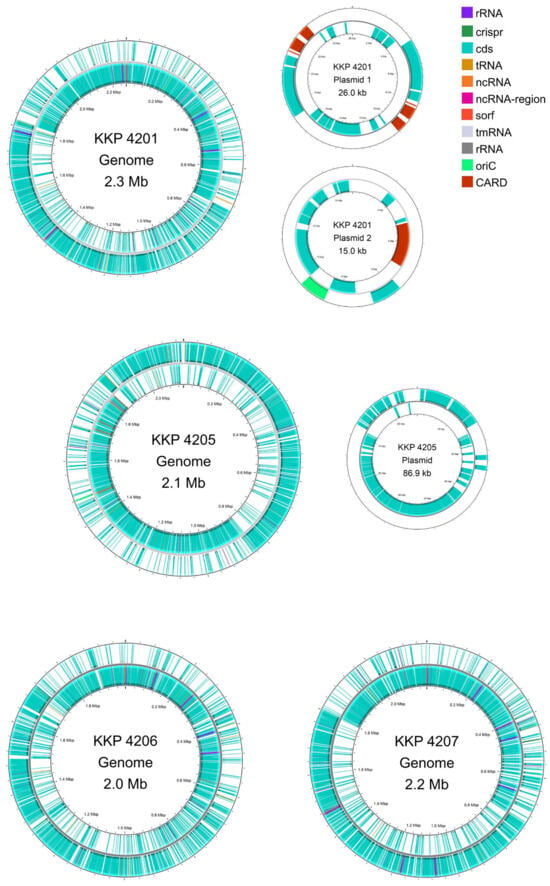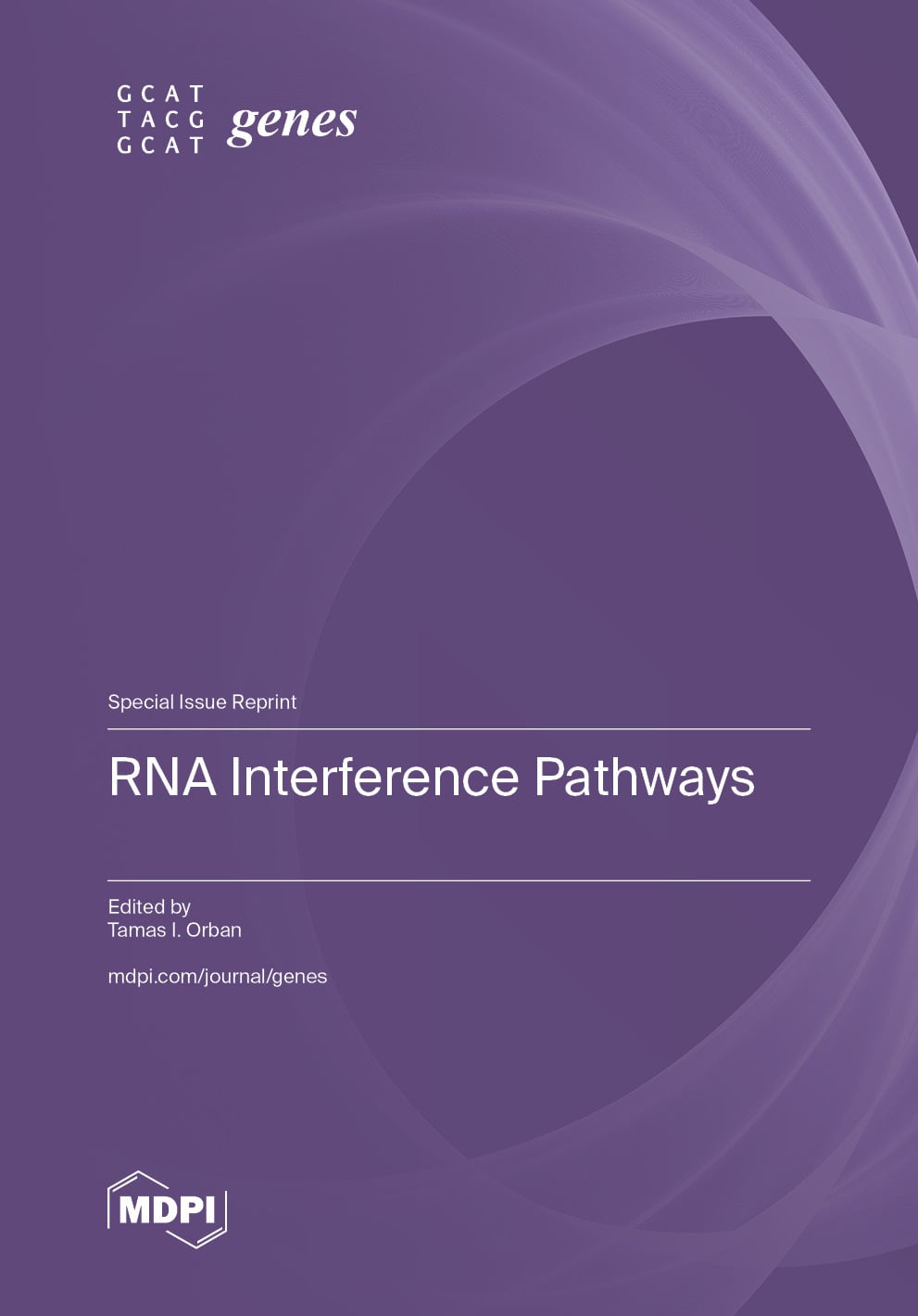- Article
Genomic and Phenotypic Landscape of Antibiotic Resistance in Gut Lactic Acid Bacteria from Livestock Environments
- Anna Mikołajczuk-Szczyrba,
- Karolina Wnęk-Auguścik and
- Paulina Średnicka
- + 7 authors
Background/Objectives: The widespread use of antibiotics in livestock has raised concerns about commensal gut bacteria, such as lactic acid bacteria (LAB), acting as reservoirs for antimicrobial resistance. This study aimed to characterize the antibiotic resistance profiles of LAB isolated from livestock feces by combining phenotypic susceptibility testing with whole-genome sequencing (WGS) to identify antibiotic resistance genes (ARGs) and their genomic context. Methods: Four LAB strains from farm animal fecal samples were subjected to antibiotic susceptibility testing for 9 antibiotics (ampicillin, gentamicin, kanamycin, clindamycin, chloramphenicol, erythromycin, streptomycin, tetracycline, and vancomycin) using MIC determinations. WGS was performed on each isolate to detect ARGs using curated databases and to determine the chromosomal or plasmid location of these genes. Results: All four isolates exhibited phenotypic resistance to at least one antibiotic class, most frequently to aminoglycosides. However, discrepancies between phenotype and genotype were noted: resistance to aminoglycosides was common despite the absence of known aminoglycoside-resistance genes, suggesting intrinsic, uptake-related mechanisms. In contrast, one strain carried the chromosomal lsa(D) gene but remained susceptible to clindamycin. WGS revealed that all strains harbored the chromosomal van(T) gene, while one isolate carried three additional plasmid-borne ARGs—erm(B), cat(A), and tet(W)—conferring resistance to macrolide–lincosamide–streptogramin antibiotics, chloramphenicol, and tetracycline. Another strain encoded van(Y), lsa(D), and arr on its chromosome. The detection of multiple plasmid-located ARGs in a single LAB isolate highlights their potential for horizontal gene transfer. Conclusions: This study provides a detailed phenotypic and genomic insight into antibiotic resistance in gut-derived LAB from livestock. The findings highlight that commensal LAB can harbor clinically relevant ARGs—sometimes on mobile genetic elements—without always expressing corresponding resistance phenotypes. Such LAB may serve as a hidden reservoir for antibiotic resistance, raising the risk of ARG dissemination through the food chain. These results underscore the importance of vigilant monitoring and genomic screening of LAB, especially those considered for use in foods or feed, to ensure they do not contribute to the spread of antimicrobial resistance.
18 December 2025





